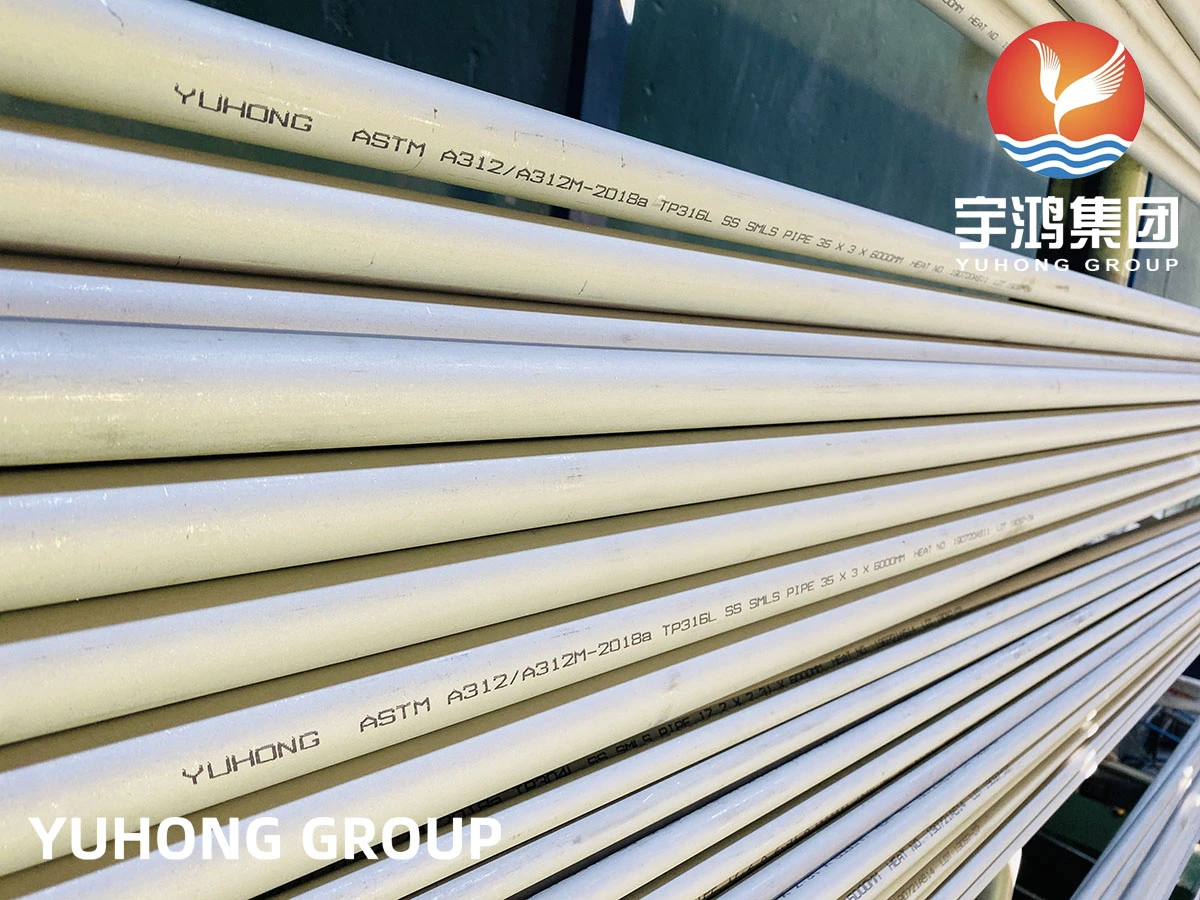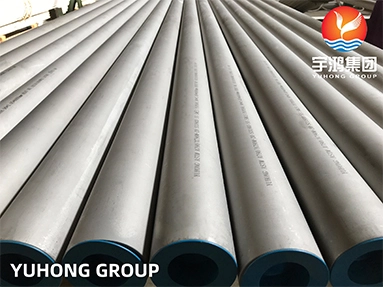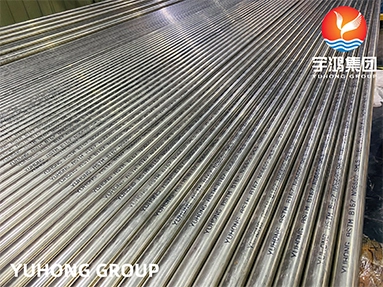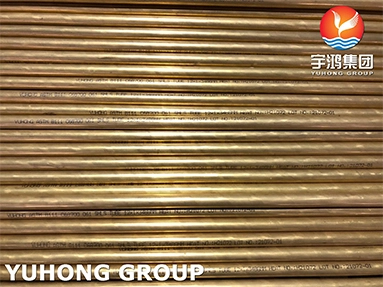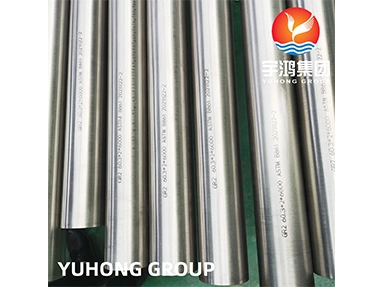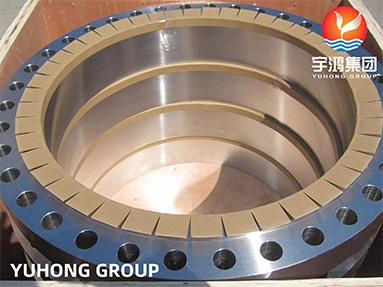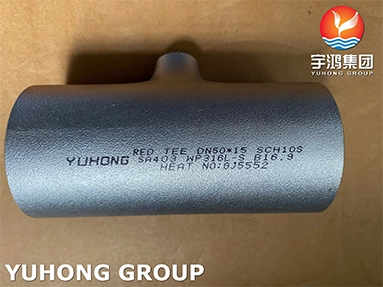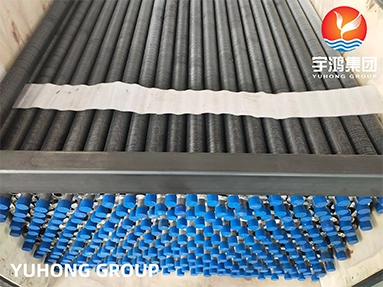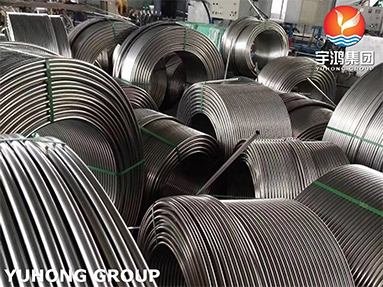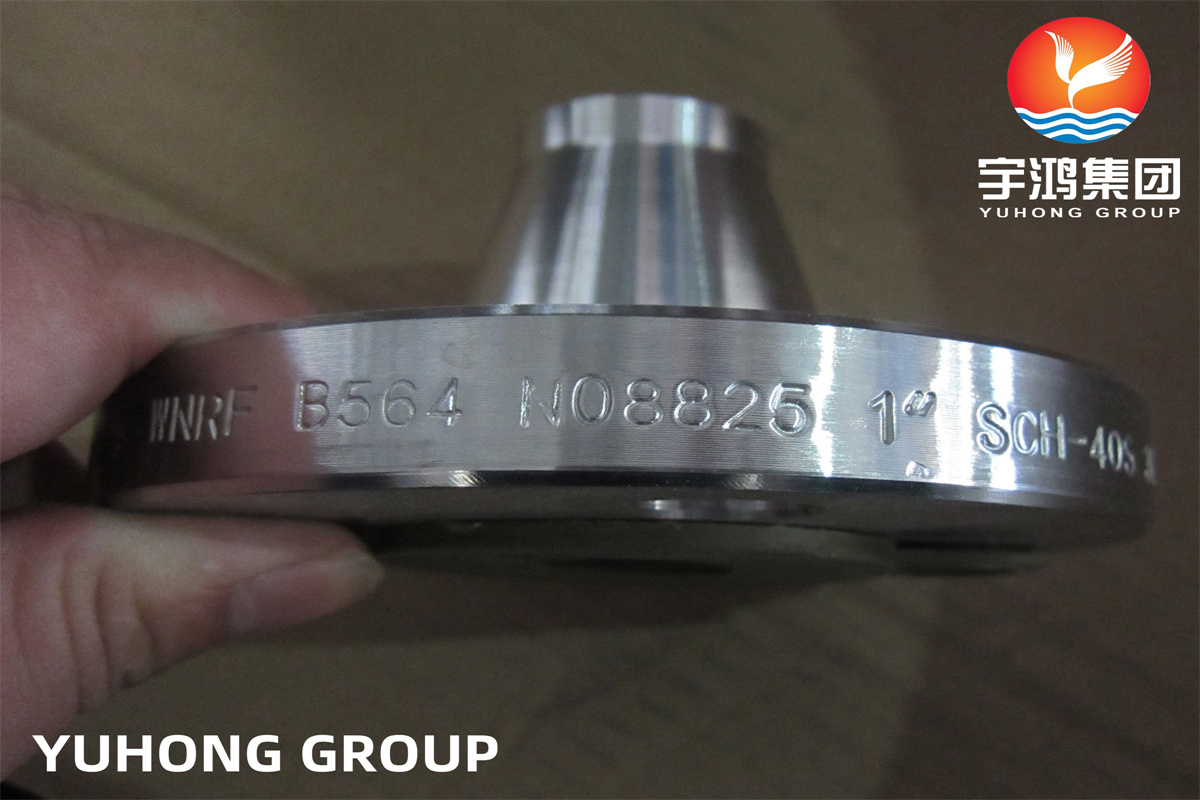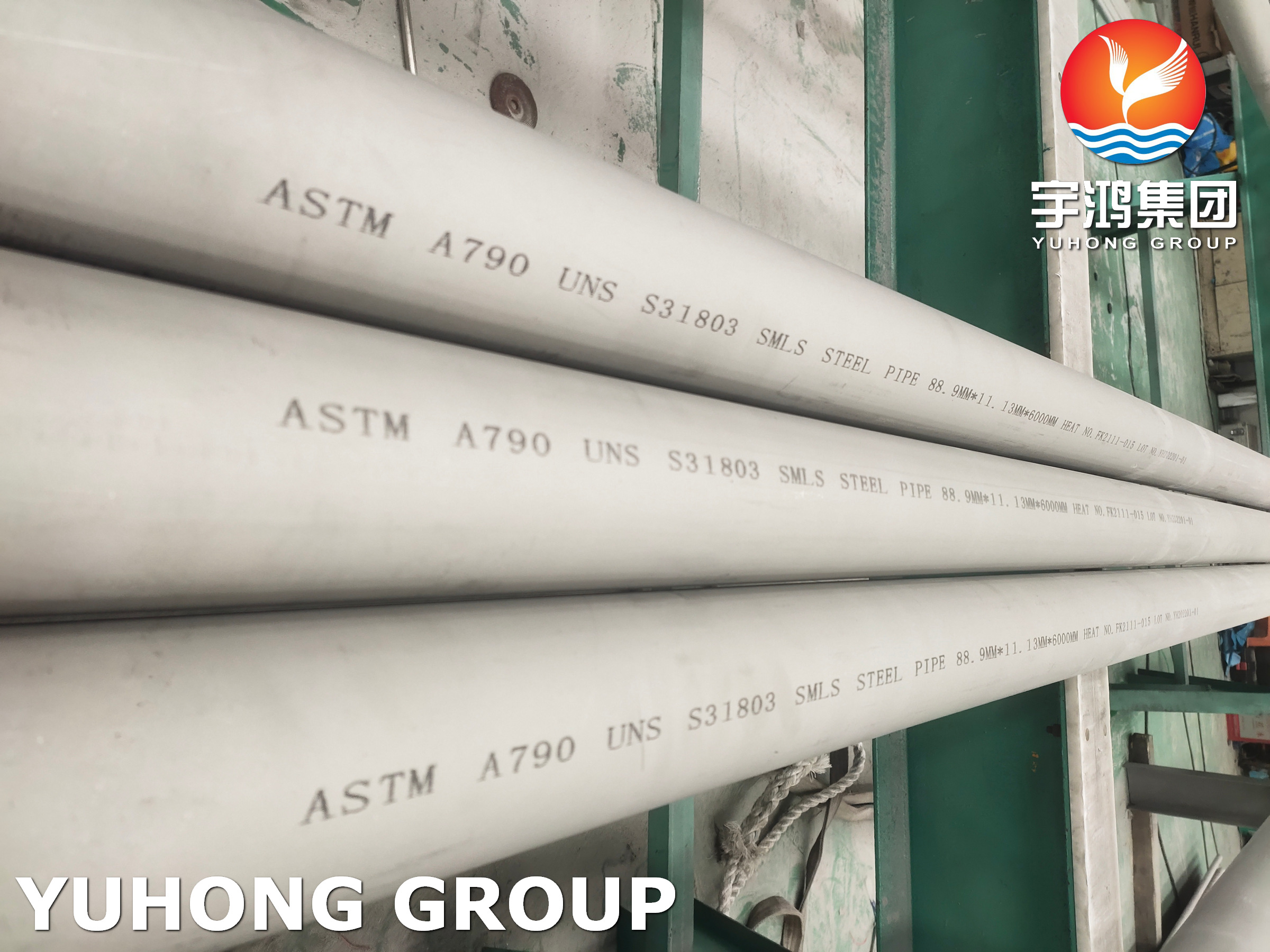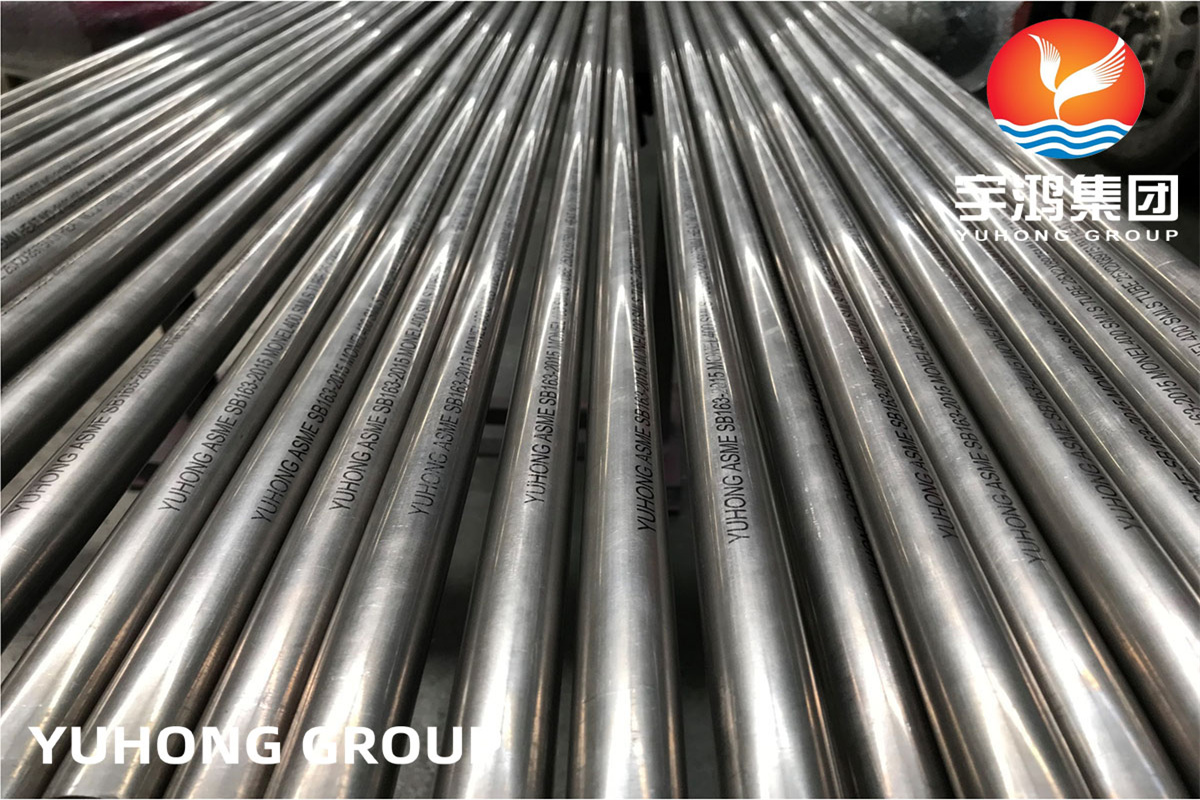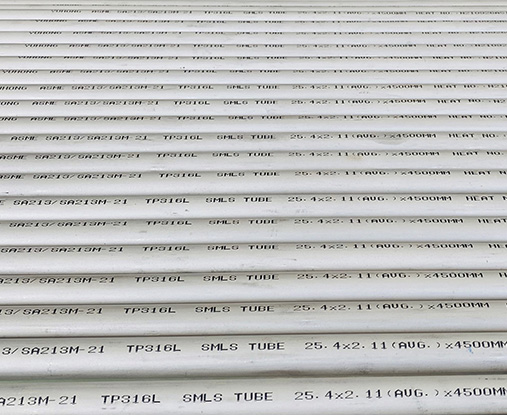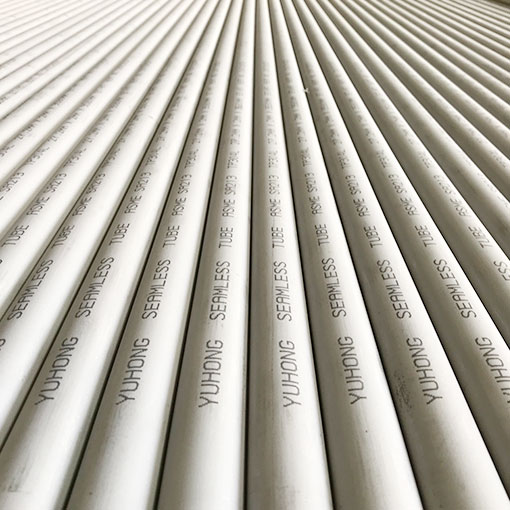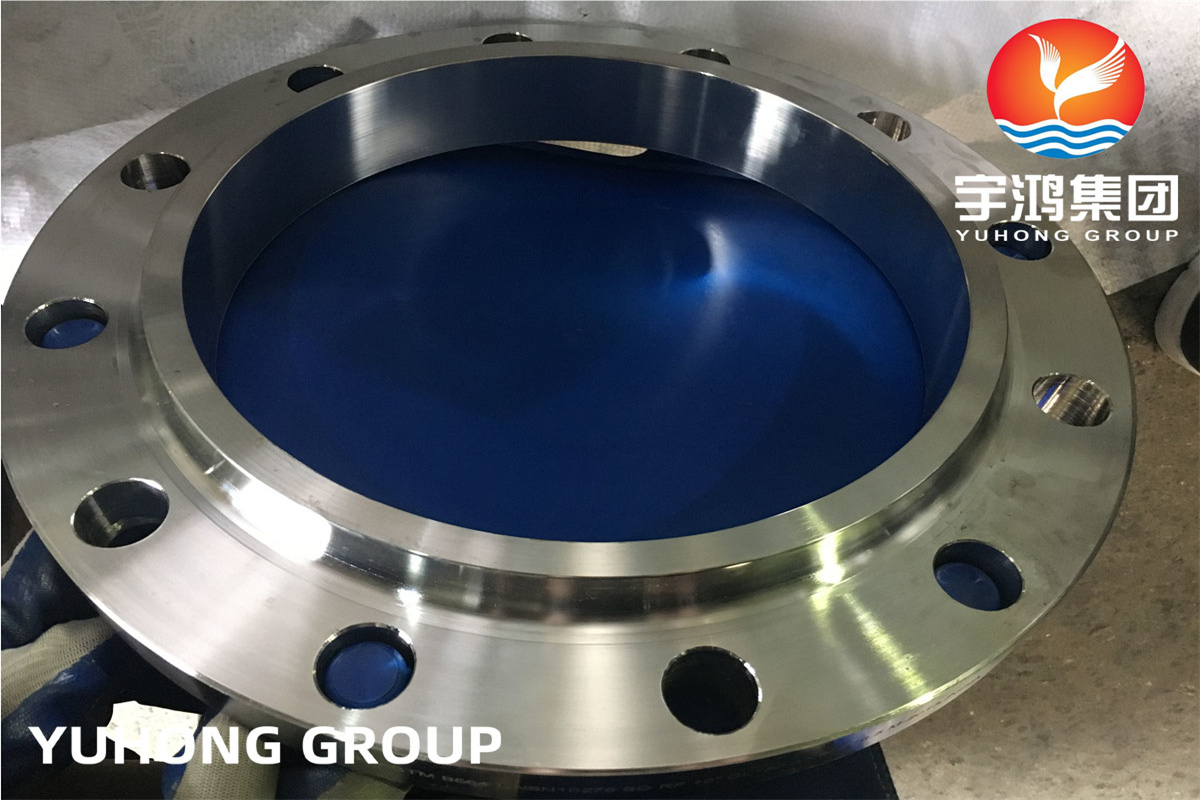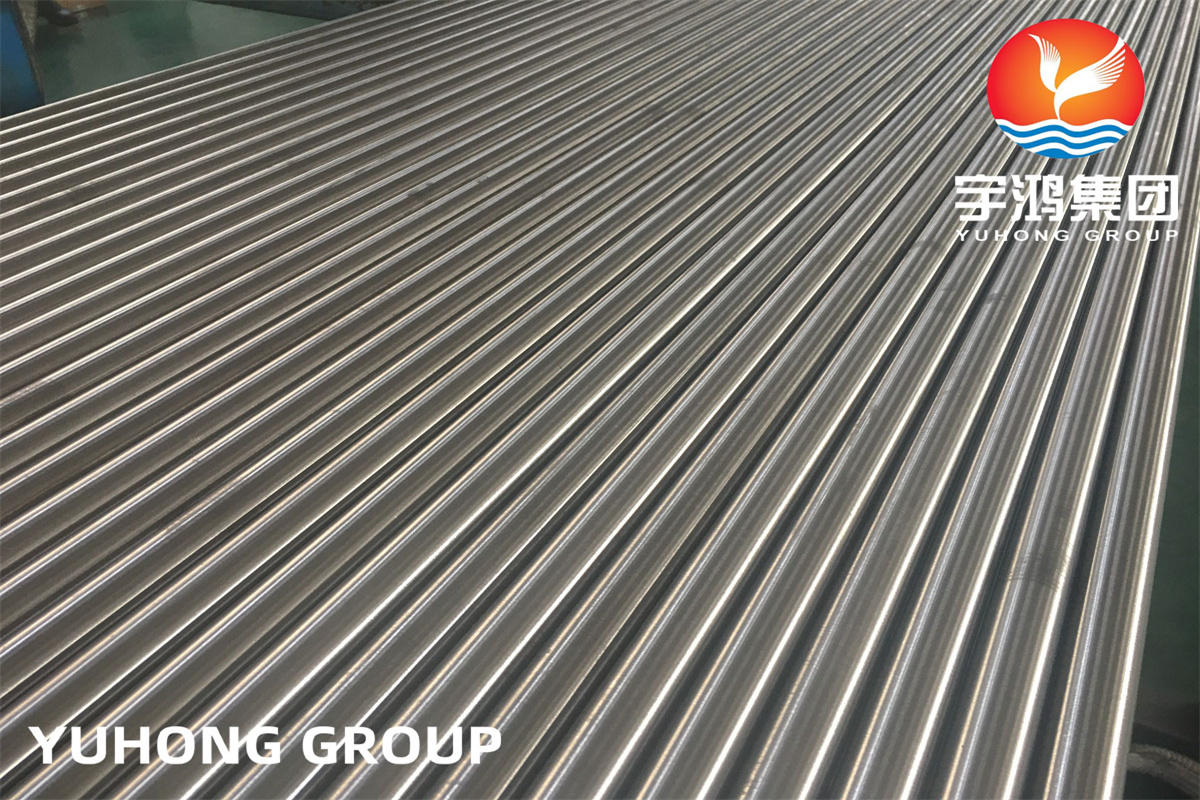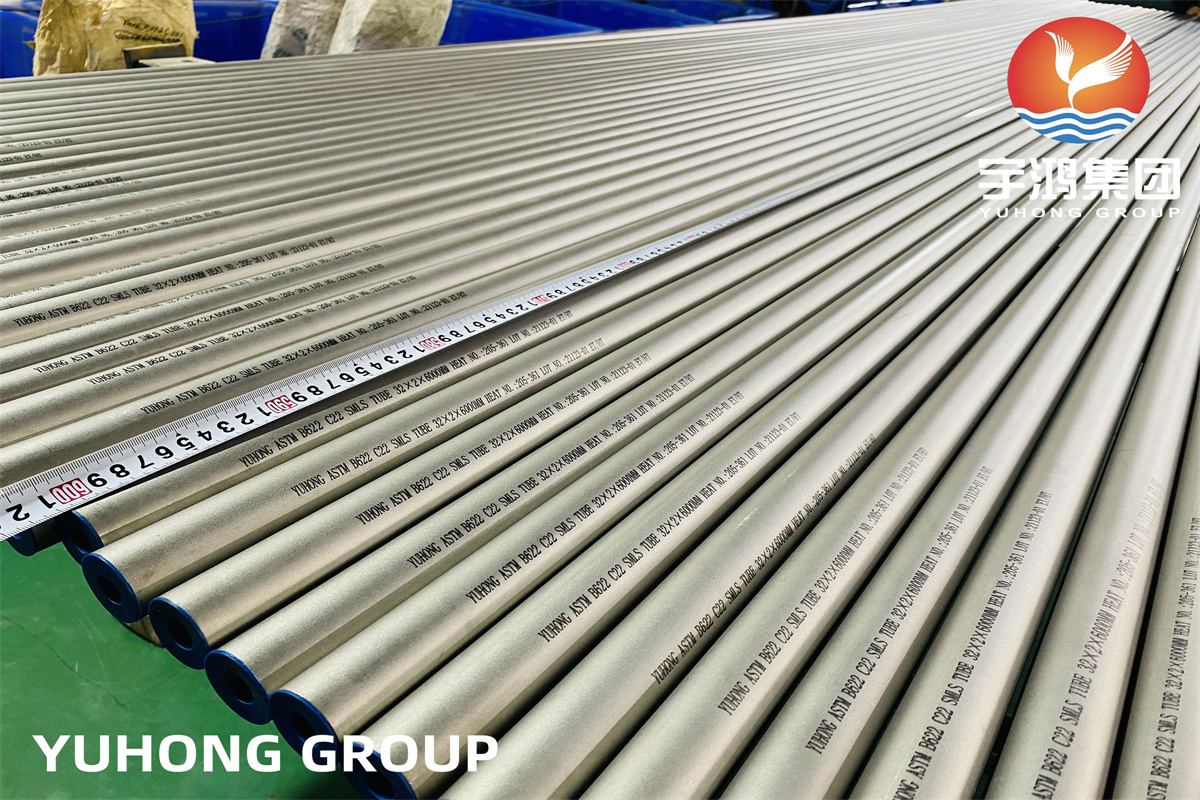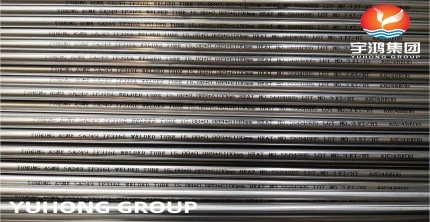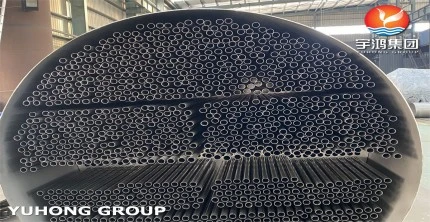Pipe stainless is also very common industrial production materials now, and pipe stainless also has its own types and many different models for different purposes. We also need to understand its performance when using it. Different performances are also very useful in applications. Below we will talk about the performance of different types of pipe stainless.
Performance of different types of pipe stainless
Due to the light weight of pipe stainless, they can be easily transported and constructed, reducing costs. Thin-walled stainless steel capillaries require only about one-third of the thickness of galvanized steel pipes in terms of corrosion resistance and mechanical function. Therefore, the weight of pipe stainless is greatly reduced, and the cost is also reduced. It makes handling easier and equipment more convenient.
Good corrosion resistance Because the surface of pipe stainless will form a thin protective film, although this protective film is about 3×10-6 millimeters, it is very tough. Even if it is damaged, as long as there is oxygen around, it can immediately regrow and prevent rust. If you know the characteristics of stainless steel and use it accurately, there is almost no need to worry about rusting in conditions with less corrosion, such as water pipes or 100℃ hot water, and there is no need to worry about the common "rust bumps" inside galvanized steel pipes, which can cause the inner diameter to become smaller or the resistance to increase, and can achieve unobstructed water flow.
Three functions of solid solution treatment of pipe stainless
Make the steel pipe structure and composition uniform, which is particularly important for raw materials, because the rolling temperature and cooling speed of each segment of hot-rolled wire rods are different, resulting in inconsistent structure. At high temperatures, atomic activity intensifies, zero-phase dissolution, and the chemical composition tends to be uniform. After rapid cooling, a uniform single-phase structure is obtained.Remove work hardening to facilitate further cold working. Through solid solution treatment, the twisted lattice is restored, the stretched and fragmented grains are re-crystallized, the internal stress is removed, the tensile strength of the steel pipe decreases, and the elongation rate increases.
Restore the inherent corrosion resistance of stainless steel. Due to cold processing, carbides precipitate and lattice defects occur, which reduces the corrosion resistance of stainless steel. After solid solution treatment, the corrosion resistance of steel pipes is restored to a good state.
For pipe stainless, the three elements of solid solution treatment are temperature, insulation time, and cooling rate. The solid solution temperature is mainly determined by the chemical composition.
Generally speaking, for grades with many types of alloying elements and high content, the solid solution temperature should be correspondingly increased. Especially for steels with high manganese, molybdenum, nickel, and silicon content, only by increasing the solid solution temperature can they be fully dissolved to achieve the softening effect.

 English
English